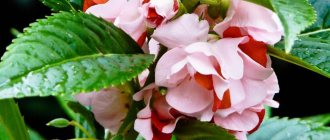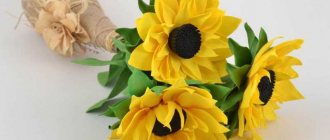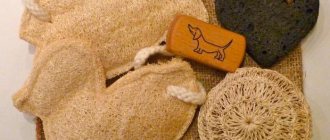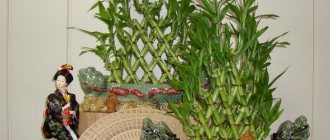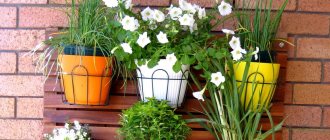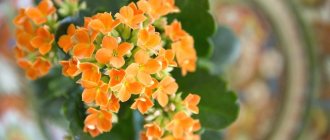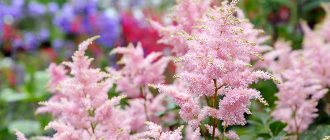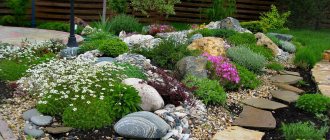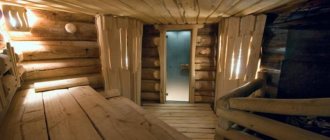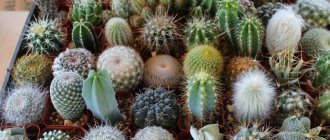Kinds
There are about five hundred types of balsam and they are divided into perennial and annual:
- annuals - combine those planted in flower beds;
- perennials - those that grow in pots on windows.
Common varieties of balsam in the European part are:
- Walerra's balsam;
- New Guinea;
- garden;
- street;
- festive;
- golden.
There is no need to list all types. The main thing is to decide on the goals and objectives of the design. And then the choice of variety for growing at home will come naturally.
Balsam description
Impatiens is a very beautiful and profusely blooming indoor flower, which has become very popular quite a long time ago. Today it can be found on the windowsills of many amateur gardeners, who are very fond of this plant for its unpretentiousness, not capriciousness, and at the same time excellent results in development and growth. In addition, the plant’s flowering is eternal and very bright, it is practically not affected by various external factors, which is why balsam is so in demand and popular.
In addition, it is worth noting that balsam is a crop that thrives in open ground conditions: it can be planted in open areas in the garden or in a personal plot, in the sun or in the shade. At the same time, absolutely no one remains indifferent when they see this plant for the first time with their own eyes, because balsam is incredibly decorative and attractive. In this article we will dwell in more detail on how to properly care for a plant at home, as well as on which varieties and species are most popular among flower growers and gardeners today, what are their features and interesting characteristic features.
Due to the fact that balsam has some special properties and characteristics, it is popularly called very differently. Some call it touchy (at the time of ripening, the seed pods scatter at the slightest touch to them), light (when evening comes, a very large number of flowers open on the balsam, which are more reminiscent of lights of the most varied shades - white, pink, orange, bright yellow , purple or reddish). In general, in general, it is possible to classify all the many names precisely because of the external features and characteristics of this plant, as well as because of some of its specific features - sensitivity to touch, lack of tolerance to possible influence or pressure. But in general, balsam looks incredibly impressive against the background of many other plantings, so it is the external characteristics that gardeners pay the most attention to when they are going to select varieties and types of plants for planting indoors, at home, and for planting in their own personal plot.
Another name for balsam is quite unusual - people sometimes call it “Vanka wet”. This is due to the fact that balsam is the very plant that needs constant moisture, and also after watering or before the onset of inclement weather, a small amount of sugary dew may appear on the leaves of balsam, which is why the plant also takes on the appearance of being moistened. Of course, as we have already noted, all these names are based on what characteristics the plant has, especially external ones.
The birthplace of balsam is Zanzibar, and it was also well cultivated in areas of Africa and Central Asia. In general, balsam can still be found there in huge quantities, although the plant is also cultivated in many other countries. In our country, it first appeared around the 19th century, that is, quite recently. The balsam family is a huge species diversity that includes more than 500 species and varieties of plants. Their common features are a love for illuminated areas and a need for sunlight, as well as a love for moisture, since balsam really belongs to moisture-loving crops, and without constant watering the plant can simply die, which in no case should be allowed. If we talk about balsam growing in temperate climates, today about eight species can grow in such conditions, which, of course, is a very small, even meager figure. But to date, only about 15 species have been introduced into culture. One way or another, the plant is of very great interest, so you should not ignore it, but it is better to pay special attention to the undoubted species diversity, as well as to agrotechnical measures and caring procedures in order to understand what exactly balsam is, what its features are, characteristics and specific features.
Impatiens are divided into two rather large groups - annuals and perennials. As a rule, annual balsams decorate garden beds, as they have very bright and colorful flower blooms. Therefore, in general, annuals are more popular than perennials. As for the perennial group of balsams, they can be grown indoors and at home; they will delight you with their appearance and flowering throughout the year. In general, both groups are very popular among gardeners, as they have their own distinctive features and interesting features.
Impatiens is a plant whose stems are somewhat transparent and at the same time juicy. They are quite brittle and long - they reach a height of about half a meter, sometimes even higher, and grow mostly straight up. The root system is presented as fibrous, and the leaves are oval and slightly elongated, heart-shaped. The leaves are generally light and green in color, sometimes becoming a deeper rich green color as the plant matures. Veins appear on the leaves, and in general the plant looks quite beautiful and decorative, so the bush forms a special composition.
The flowers of the plant are five-petaled, quite unusual in shape. They can be located on the bush in a free direction, or they can also be collected into larger inflorescences, which also looks quite interesting. In an inflorescence, sometimes there may be one elongated petal that stands out from all the others. The color can usually be pinkish, and often the flowers acquire red, white and purple shades, it all depends on the variety and type of balsam, as well as on how carefully the gardener cared for this plant and complied with all the requirements of agricultural technology. Small white buds open and turn into larger and brighter flowers, which have a rich color and look incredibly decorative and attractive. Often there are types and varieties of balsams that have not one-color flower colors, but two-color ones. For example, these are rose-shaped buds, which can also be double, clove-shaped, or camellia-shaped. These flowers are even more decorative and, at the same time, they require special attention and special care, which, of course, are very important in order to obtain the desired result in floriculture.
When the buds fade, green fruits appear in their place. When they finally ripen, it turns out that these were boxes with seeds inside. It is worth noting that the boxes are very sensitive to any touch and can easily fall apart if the gardener begins to touch or tear them off. In general, in the future the seeds can be used to cultivate and propagate balsams, and in principle, the seed method is considered one of the most popular today. In the next part of this article we will dwell in more detail on what types and varieties of balsams exist, and what features and characteristics they have.
Variety of species and photos with them
The genus of balsams includes more than 400 species, which differ greatly from each other. Basically, they are all concentrated in the countries of Asia and Africa. In temperate climates, up to 10 species are found.
Waller's balsam, Sultan's balsam and Holst's balsam, which have different varieties and varieties, are most often grown for apartments. Many hybrids have been developed that are also adapted to low temperatures.
In the photo you can see what types of flowers look like at home.
You can read more about the types of balsam here.
Wallera (Walleriana)
Wallera's balsam is better known as Wallera. It blooms very profusely, the flowers are double, like small roses. It has wide oval green leaves up to 10 cm in length, pointed at the end. Height up to 60 cm, stems erect. This is the first species to gain popularity in Russia. There are many varieties of Waller's balsam, united in series.
Sultansky
Sultan's balsam or indoor balsam. Height 30-60 cm. Homeland – Africa. The flowers are pink, bright, single, there are a lot of them. The stem is juicy, brittle, from which pinkish juice flows when damaged. The leaves are green or purple, spreading, with finely toothed edges.
The flowers of all these species can be either single-colored or two-colored, of various colors: white, red, orange, pink, purple.
The following species are also quite well known.
Garden
An annual plant that we often find in flower beds in the park. His homeland is China, India, Malaysia. Height up to 70 cm. Blooms from June until the onset of cold weather.
We invite you to learn about growing garden balsam from seeds by reading this article.
Iron-bearing
They are often used to decorate fences and fences. But without proper care it quickly turns into a weed. Homeland: Himalayas and East Indies.
Forest
An annual poisonous plant, up to 1 m high. The leaves are oblong, on short petioles. The flowers are yellow, collected in inflorescences, of irregular shape. Blooms from June to September. Used in folk medicine.
Ogonyok
A beautiful flower, often found in apartments. Height 30 – 50 cm. Leaves are green and reddish, jagged. The stem is very juicy and fragile. The flowers are solitary and large. There is a legend according to which a red light burned in the house of a girl waiting for a guy to return from the battlefield. The story ended sadly, the light turned into a light flower and is considered one of the most beautiful species.
Orchidaceous
Very similar to Waller's balsam, but grows much more slowly. Unlike all other species, it is beautiful with its luxurious dark green velvety leaves with colored veins. The flowers are white with yellowish or burgundy specks.
